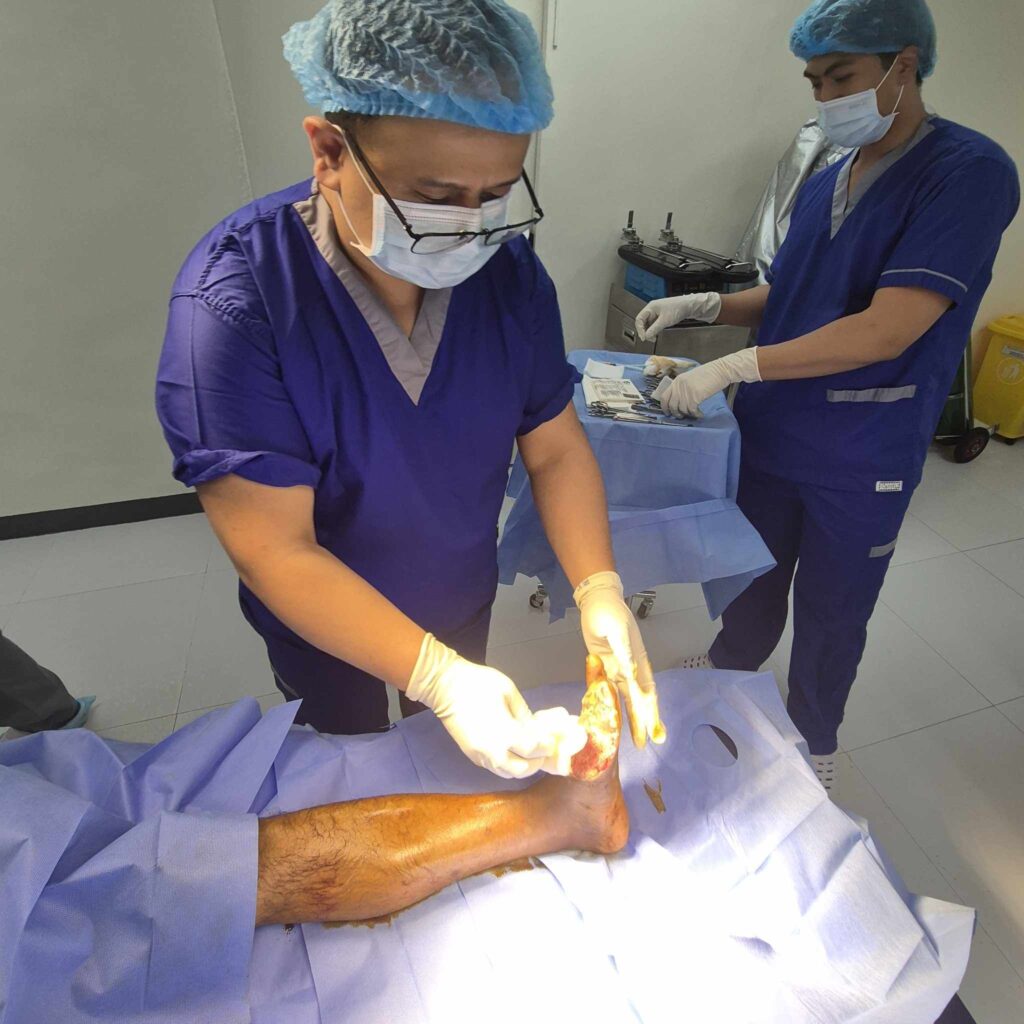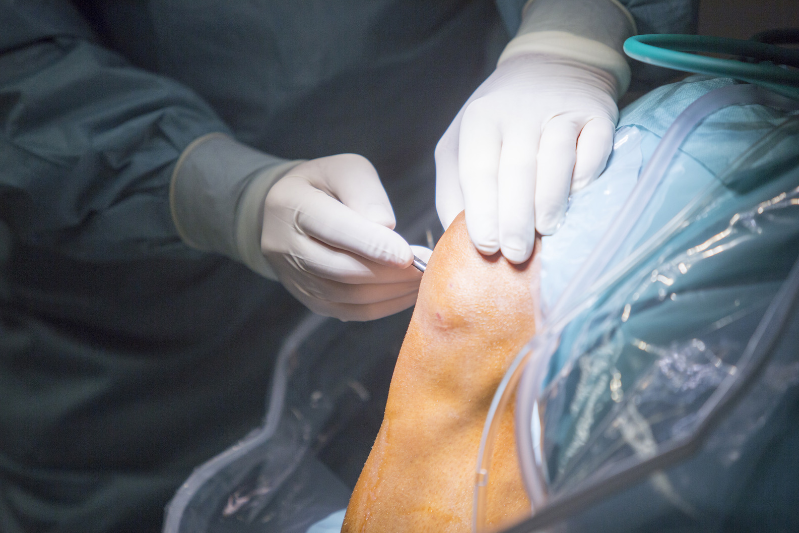Diastasis recti is a common condition that many people, especially postpartum women, experience without even realizing it. The separation of the abdominal muscles can lead to a weakened core, back pain, poor posture, and even digestive discomfort. What many do not know is that the pelvic floor plays a critical role in both the development and recovery from this condition. Pairing pelvic floor therapy with diastasis recti treatment creates a more complete, effective, and long-lasting recovery plan. For those in Fishers and the greater Indiana area, Osteopractic Physical Therapy of Central Indiana offers the most comprehensive approach to restoring core strength and overall function.
What is Diastasis Recti?
Diastasis recti occurs when the rectus abdominis muscles—the “six-pack” muscles—separate due to excessive pressure on the abdominal wall. This is especially common during pregnancy, but it can also result from rapid weight changes, heavy lifting without proper technique, or repetitive abdominal stress. Symptoms often include a visible bulge down the midline of the stomach, core weakness, pelvic instability, and chronic lower back pain. Without appropriate diastasis recti treatment, this condition may lead to long-term discomfort and functional limitations.
The Role of the Pelvic Floor in Core Function
The pelvic floor is more than just a group of muscles supporting the bladder and reproductive organs—it is a vital part of the body’s core system. Along with the diaphragm, abdominal muscles, and spinal stabilizers, the pelvic floor forms the “core canister” that controls intra-abdominal pressure. When the pelvic floor is weak or uncoordinated, it can contribute to worsening abdominal separation. This is why pairing pelvic floor therapy with diastasis recti treatment ensures that both systems are working together for proper healing.
How Pelvic Floor Therapy Helps Diastasis Recti Recovery
Improves Core Stability
Strengthening the pelvic floor creates a stable foundation for the abdominals to heal and re-approximate. Without this stability, diastasis recti treatment is less effective.
Reduces Intra-abdominal Pressure
Pelvic floor therapy teaches patients proper breathing techniques and core engagement strategies to prevent excessive pressure that can worsen the separation.
Enhances Posture and Alignment
Correct posture allows the abdominal wall to recover in a more natural, supportive position, reducing strain during daily activities.
Addresses Related Symptoms
Many people with diastasis recti also experience urinary leakage, pelvic pain, or hip instability. Pelvic floor therapy addresses these related symptoms while supporting abdominal healing.
Guided Rehabilitation
At Osteopractic Physical Therapy of Central Indiana, patients receive tailored diastasis recti treatment plans that include safe, progressive pelvic floor and core exercises to encourage lasting results.
Evidence-Based Techniques Used in Pelvic Floor Therapy
Licensed physical therapists use several advanced methods to accelerate healing. These include:
- Manual therapy and myofascial release to improve tissue mobility
- Breathing retraining, focusing on diaphragmatic breathing and core coordination
- Gentle, progressive pelvic floor and abdominal activation exercises
- Postural training and education on safe lifting and movement patterns
- Biofeedback tools to help patients properly engage and relax pelvic floor muscles
These techniques, when paired with personalized diastasis recti treatment, create a complete and effective recovery strategy.
Benefits of Combining Pelvic Floor Therapy with Diastasis Recti Treatment
The integration of pelvic floor therapy into diastasis recti treatment offers multiple benefits:
- Faster and safer healing by addressing the root cause, not just symptoms
- Reduced risk of needing surgical intervention
- Improved quality of life through stronger core function and reduced pain
- Prevention of future injuries or re-separation
- Increased confidence in daily movement and exercise
Osteopractic Physical Therapy of Central Indiana specializes in combining these approaches, ensuring patients receive care that is both evidence-based and individualized.
When to Seek Pelvic Floor Therapy
Anyone experiencing persistent core weakness, abdominal bulging, or pelvic symptoms should consider professional evaluation. Pelvic floor therapy is particularly beneficial for:
- Postpartum mothers noticing difficulty regaining core strength
- Individuals with chronic lower back or pelvic pain
- Men and women who engage in heavy lifting or high-intensity workouts
- Patients exploring non-surgical options for diastasis recti treatment
Osteopractic Physical Therapy of Central Indiana provides expert guidance to help individuals at all stages of recovery.
Takeaway
Pelvic floor therapy is a powerful complement to diastasis recti treatment, addressing both the cause and the symptoms of abdominal separation. By strengthening the entire core system, improving posture, and reducing related discomforts, patients can experience a more complete recovery. Osteopractic Physical Therapy of Central Indiana offers the highest level of care for individuals seeking natural, effective solutions to restore strength, confidence, and long-term wellness.
Frequently Asked Questions
Can pelvic floor therapy completely fix diastasis recti?
While not every case closes fully, pelvic floor therapy combined with targeted diastasis recti treatment can significantly reduce separation, improve strength, and restore function.
How long does it take to see results?
Many patients notice improvements in strength and stability within weeks, though complete recovery may take several months depending on severity and consistency.
Is pelvic floor therapy safe during pregnancy?
Yes. Gentle pelvic floor and core activation exercises guided by a physical therapist can actually reduce the severity of diastasis recti after delivery.
Can men benefit from pelvic floor therapy for diastasis recti?
Absolutely. Men who experience abdominal separation due to weightlifting, obesity, or abdominal stress can benefit from therapy just as much as women.
Do I need a referral to see a pelvic floor physical therapist?
Most patients can begin therapy without a referral, though it depends on state regulations and insurance coverage. Osteopractic Physical Therapy of Central Indiana can help guide you through the process.







